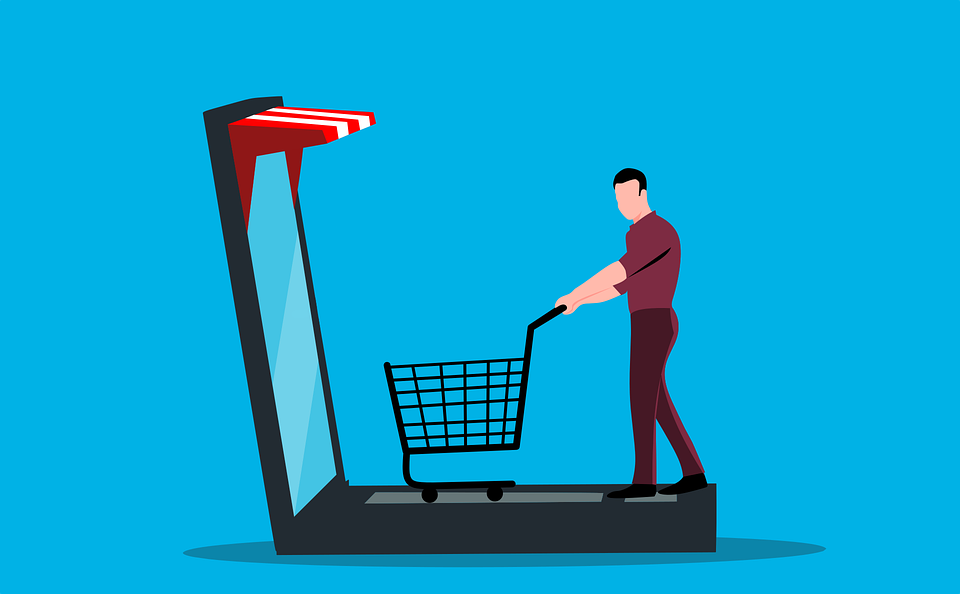
So, you’ve finally launched your product-based business – kudos to you.
It took a lot of time and effort to get this far, but you made it. Now, you have loyal customers and great employees.
But is that all you need?
It isn’t.
This might be the best time to consider expanding your product line. It is an essential step for business growth, but it is also a great way of prioritizing your customers and offering them tons of options and variants when it comes to products.
For example, the Coca-Cola Company began by selling only Coca-Cola but has expanded its product line to include Coke Zero, Diet Coke, and other similar beverages.
Businesses should (and can) follow suit because growing product lines can increase revenue and market share.
Today, staying informed of consumer behaviors and evolving trends is critical to creating cutting-edge and innovative items that give your brand a competitive advantage over the competition.
So with that in consideration, how can a company expand its product line and make conversions?
Listed below are a few strategies for expanding your product offerings in ways that will appeal to your customer base, produce actionable results, and yield increased sales.
1. Understand the upcoming trends and added value
Product line expansion is a difficult task. However, a few acts could decrease the difficulty of the process.
First, ensure you understand why an expansion adds value to your customer’s experience. Second, consider whether it will compete with your current product offering.
Third, stay current on trends in your market sector and adjacent sectors.
Today’s solution might be yesterday’s trash, so look for similar tools to gain insight into critical success factors.
One such example is a customer data platform (CDP). It gathers and unifies customer data from numerous sources to design a single, rational, and complete customer view.
Basically, it makes the data available to businesses and marketers to create personalized and targeted marketing campaigns. With a CDP guide, you can understand how everything works and be one-on-one with your customers.
2. Gather customer feedback
Including a valuable and accurate product is critical. Otherwise, it can be a costly exercise for your business.
Ask your sales representative to keep a list of products your customers suggest or request. This can come from either voluntary questions or requests posed by sales representatives.
Note the dates on which requests are made, why they want the product, and what they aim to use it for.
Based on these requests, you can now expand your product line to ensure that you provide products that customers would buy.
Keep in mind that only the most ardent customers are likely to participate, so the sample size may be heavily biased.
Read More: Understanding the Importance of Product Descriptions
3. Learn from your competitors
Another strategy for expanding your business into a new market is to look at what others are doing and decide how you can do it better.
Check in with your suppliers to get the inside scoop on what’s going on in the industry. They are an excellent source of information about what your competitors are doing, either because they want to win your competitors” business or yours.
These days, a lot of trends are emerging. Let’s consider the accessories industry for a change. Despite the fact many brands design all of their products, some factories make them supply to all sorts of countries.
When ready to start designing, ask the factories to show you items that other companies are currently ordering.
You can see where the demand is based on this assortment and then create your product to meet it. So the trick is to build on market trends and then invent them.
This is an intelligent way to avoid wasting money on trends that become a second-rate fad that disappears quickly.
4. Make a few changes to your existing product.
A minor adjustment may be all that’s needed. This could include:
-
Color– changing the color could result in more sales. For example, instead of blue and pink for children, some customers may prefer non-gender-specific colors.
Adding baby products in green, lemon, or lavender can appeal to those customers and those looking for a unisex alternative for expectant mothers.
Fortunately, colour does not impose any additional costs during the production process.
-
Product quality: Those who sell recycled paper may be able to charge a premium by using higher-grade stock that feels good and pricey to the touch.
-
Size – sell more products by stocking the most popular sizes. Alternatively, your customers may desire a smaller version of your product, like a travel gift.
5. Employ upselling and cross-selling
It is beneficial to show customers related products to increase conversion and sales. This is possible on both product detail pages (PDPs) and through internal search.
Have a “You May Also Like” list with relevant items similar in style or could be used in conjunction with the item the customer is browsing on product detail pages.
For internal search, show recommendations that drop down from the search bar when a customer begins typing their query in the site’s search box.
Configure hypernyms, synonyms, misspelling suggestions, and related terms to ensure that customers see all products related to their search.
Instead of a long list of products, lead your customers to category pages for general searches. Customers can then quickly narrow down their search using appropriate filter options.
For example, when someone searches “lips” on Sephora’s website, they are directed to the Lips category page.
6. Co-promote with other retailers
You most likely know various people who work in fields similar or complementary to your own.
A marriage officiant, for example, may have a relationship with an upscale resort that hosts weddings. The couple could try out a limited-time promotion in which they book a marriage officiant to officiate at a resort that offers a unique wedding service package.
This is a win-win situation for suppliers. It allows them to broaden their customer bases while also reducing the number of businesses they need to organize.
Conclusion
Expanding your product line doesn’t have to be complicated and risky. With these ways, you can hope to increase sales and conversions.
Moreover, increasing conversion mainly depends upon nearing your brand towards the right people, not just more people.
Also, you don’t have to be a large corporation to benefit from product expansion – any business can do it. You have to start thinking big and move from selling products to selling a full-fledged brand.
Read More: Top 5 B2B Email Marketing Strategies





